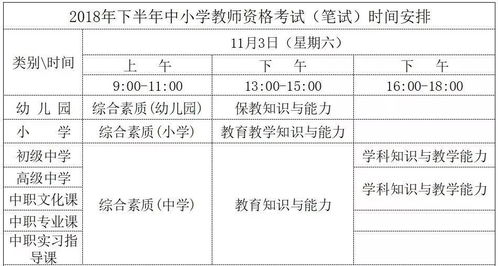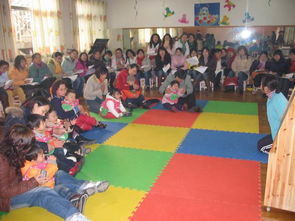Encourage the child to use English in everyday situations, such as greeting others or describing objects. Create opportunities for natural language use and communication.
By implementing these strategies, parents and educators can effectively incorporate shadowing into early English learning, setting a strong foundation for future language proficiency.
Begin with basic English phrases, nursery rhymes, or children's songs. Choose content that is repetitive and engaging to maintain the child's interest.
Engage multiple senses through handson activities, games, and gestures. This approach enhances memory retention and makes learning more enjoyable.
Encourage a supportive and fun atmosphere where mistakes are seen as opportunities for learning. Use praise and encouragement to boost the child's confidence.
Title: Enhancing Early English Learning through Shadowing
Short, frequent practice sessions are more effective than long, sporadic ones. Aim for consistency in daily practice to reinforce learning.
Early childhood is a critical period for language development, and introducing English through shadowing can be an effective method. Shadowing involves mimicking native speakers' speech patterns, intonation, and pronunciation. Here's a comprehensive guide on how to integrate shadowing into early English education:
Offer gentle correction when necessary, focusing on specific sounds or words. Encourage the child to selfcorrect by modeling the correct pronunciation.

Utilize educational videos, audio recordings, or interactive apps designed for young learners. Visual aids help reinforce vocabulary and comprehension.
Repeat shadowing exercises multiple times to improve fluency. Introduce variations by changing the speed or emphasis to challenge the child's listening and speaking skills.
Observe the child's preferences and adjust teaching strategies accordingly. Some children may respond better to visual stimuli, while others prefer auditory cues.
Be a role model by speaking clearly and naturally. Emphasize correct pronunciation, stress, and intonation patterns during shadowing activities.











